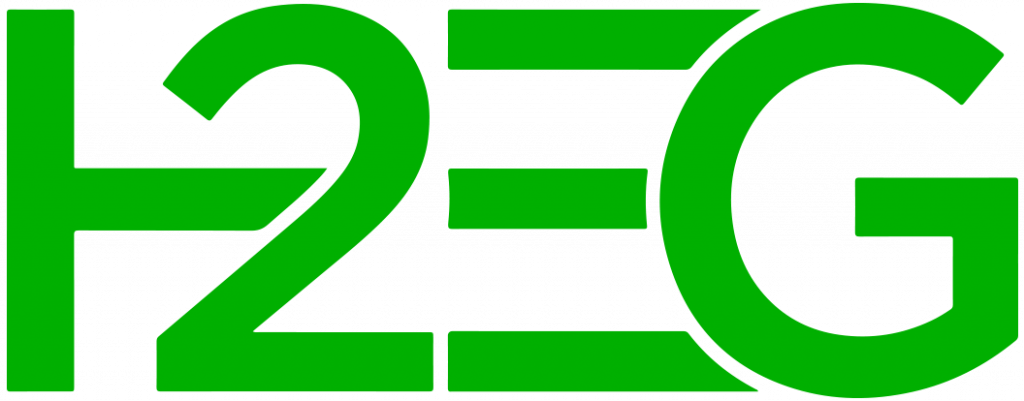
The Shenzhen-headquartered company said three of its 1MW BriLyzer-R200 PEM stacks were shipped to the unnamed customer after passing factory acceptance testing.
BriHyNergy unveiled the CE-marked stack in December 2024, as it looked to expand to international markets.
The stack uses the company’s own proprietary membranes and membrane electrode assemblies (MEAs) to produce hydrogen at 35 bar.
According to its specifications, the stack consumes 45–49 kWh/kg H₂ at 78–84 % (HHV) efficiency, placing it among the most efficient PEM systems currently available.
It is also manufacturing anion exchange membrane stacks.
BriHyNergy already operates a semi-automated stack assembly line with 4GW of annual manufacturing capacity, with other lines to support membranes and MEAs.
A BriHyNergy spokesperson said the European shipment demonstrated the company’s ability to combine “technical innovation with operational reliability,” and China’s role in the international green hydrogen market.
The shipment comes as BriHyNergy seeks to expand in Europe and the Middle East amid growing debate over the impact of low-cost Chinese electrolysers on domestic manufacturers.
“We are committed to providing scalable green hydrogen solutions worldwide and supporting the global energy transition,” the spokesperson added.
However, there are growing concerns in Europe that cheaper Chinese-made systems could undercut domestically developed and produced technologies. So far, China’s OEMs have focused on alkaline electrolysers.
A growing number of EU-based electrolyser makers had been calling on policymakers for trade protection mechanisms.
Despite the lower upfront cost of Chinese technologies, the International Energy Agency recently noted that, once transport, tariffs, and local installation costs are factored in, the installed cost of Chinese electrolysers abroad approaches parity with Western systems.
Beyond solar déjà vu: the real China electrolyser picture in 2025
Western views on China’s electrolyser sector have evolved, but its green hydrogen surge remains underestimated – both in scale and in global impact. The reality: China’s project pipeline is far bigger than most trackers suggest; industrial end-users, not just renewable developers, are now driving demand; and competition hinges less on sticker price and more on delivered system performance and service.
China’s electrolyser manufacturing took off in 2022, and ever since, the “solar PV déjà vu” question – if or when Chinese suppliers will dominate globally – has hung over Western debates. Through 2024–2025, the “China will take over” camp has grown. China’s domestic green-hydrogen build-out has driven rapid cost reduction just as US and European demand fell short of early hopes and manufacturers struggled.
Despite waning scepticism, the Chinese market remains underrated – on size, commercial substance, and the mechanisms behind capacity growth.
Underestimating this reality has immediate costs: Western OEMs risk misallocating capex and R&D, mis-pricing tenders against the wrong cost curves, and arriving late on localisation and certification if they continue to lean on undercounting datasets…
Click here to keep reading.

